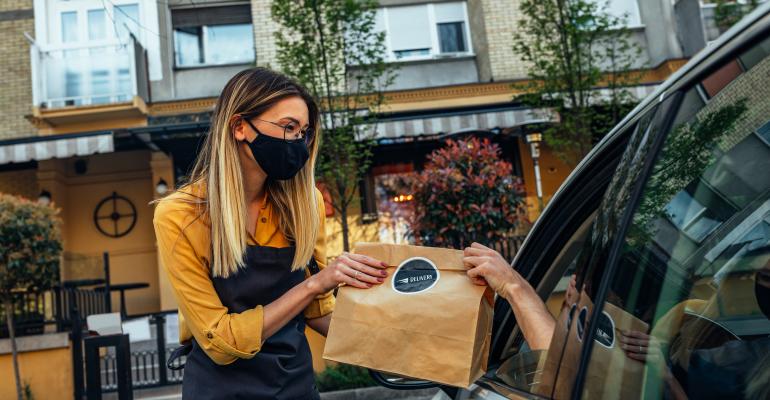Sponsored by in4mation insights
As COVID restrictions are lifted and even on-premises dining is picking up in many regions, chains are looking to engage guests and encourage sales in all locations. There is renewed discussion around loyalty and ways of enticing QSRs and Fast Casual consumers, to shop either in person or through curbside pick-up and other delivery platforms. Brands are going to great lengths to engage guests using digital and social advertising, and their own DTC digital tools. This is particularly true in light of the disintermediation some chains are experiencing with delivery services like Doordash and Grubhub, who are now owning the relationship with consumers placing orders using third-party apps.
Restaurant brands are leveraging new vehicles, including TikToK to connect influencers with younger consumers, and even gamifying their own ordering apps. Anything to capture the hearts, minds, stomachs, and wallets of hungry consumers who are on-the-go again!
Complex marketing mix strategies to carry the creative messaging, now leverage media options which include a dizzying array of digital as well as linear and CTV, radio, and OOH media choices.
A restaurant chain’s fame might be driven by national (or even global) advertising. Activation is achieved at a very local level, store by store, and volume performance is also measured at the individual location. It stands to reason that the media modeling should have a very local lens to ensure effectiveness as well.
In pre-COVID times, for most brands, traffic was predicable on a variety of factors (weather, commuting patterns, seasonal factors, footfall to adjacent business hubs, and shopping destinations). Stores in busy urban settings with a lot of business traffic performed differently from suburban locations near malls or along busy highway traffic routes, versus rural locations with greater distances between competitive options. Local advertising has always needed to work hard to activate customers, in the moment and in the proximity of a location where they can buy your brand.
Yet, 2020 upended guest behavior in ways that are unlikely to return to pre-pandemic baselines. So predictive models for engaging customers to return soon and often to your restaurant, regardless of location, needed a new set of variables based on current behavior and not pre-pandemic precedent. The last thing you want is for media to be delivering messages where guests are unlikely to be able to engage conveniently with a location!
Given all the variables that have impacted restaurant traffic, the key question your media partners should be able to help you answer is: “Now that behavior is no longer neatly predictable based on work and travel habits, how far is a consumer now willing to travel for my brand, and how can my advertising and media optimize my ability to get them there?”
Planning Your Media Spend based on the Prevalence of Opportunity
Enter next generation restaurant media planning:
- It needs to be granular enough to be actionable, based on the prevalence of opportunity to engage consumers, identifying when and where they are most likely to visit your store and buy from your brand.
- It needs to be geo-spatially optimized, based on mobility data, so you understand what is driving growth in the post-pandemic climate, whether your restaurant’s locations are in the urban settings in the Midwest, versus suburban settings in the Southeast.
- You want to know what media is driving which day parts, particularly as you expand your menu items to attract, as an example, breakfast buyers when you have been known most broadly for your sandwiches and fast lunch options.
- You need to be able to view the relative contribution of any media partner, especially in local advertising, so you can optimize campaigns for maximum return.
- Finally, you need to optimize the model quickly and often enough to make a difference modifying your media plans.
Done right, this kind of marketing analytics can add even more strategic value. It can be a tool for more effective communications and relationship management with your franchisee community. If you are planning geographic expansion, the simulations within a next generation marketing and media model can help visualize the opportunities and obstacles for your expansion strategy.
The challenges to driving restaurant traffic are as competitive as it has been since the pre-pandemic past and optimizing media for growth will be more important than ever for restaurants, particularly at the local level. Local advertising media plans will be most effective when delivered with an eye for optimized growth that answers the following: Who’s hungry for what is on your menu? And how far will they go to get it?
If you are looking for ways to optimize local advertising as part of your media mix, in4mation insights is ready to help.
Stuart Schwartz is Managing Director, Client Growth. For over 25 years he is proud to have created value for clients in media effectiveness and analytics.



